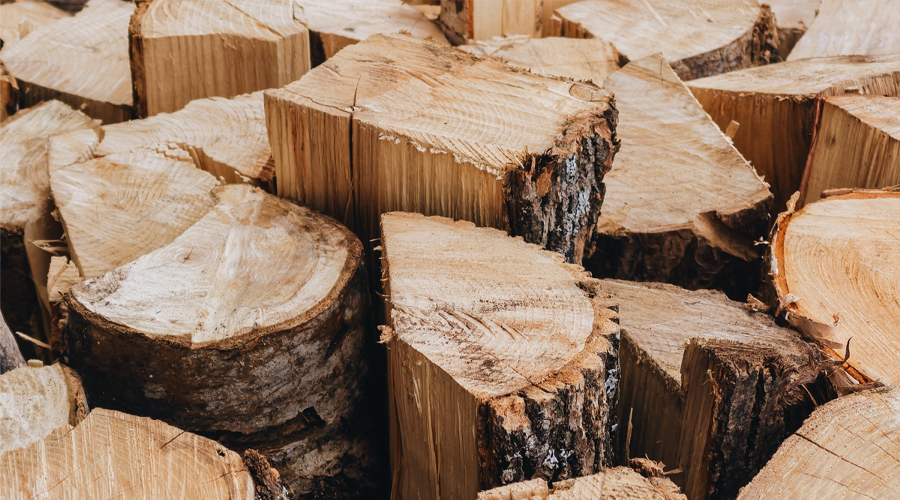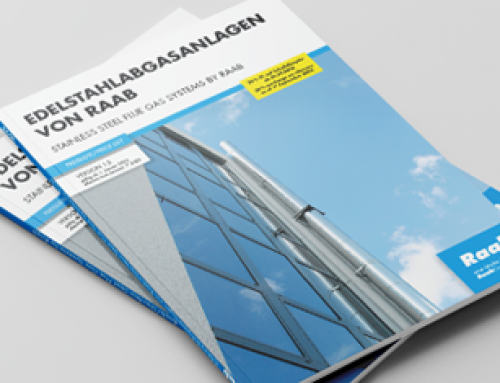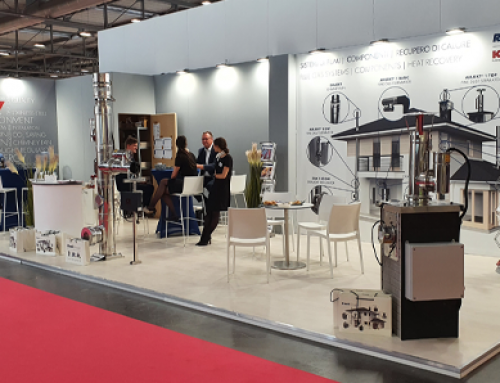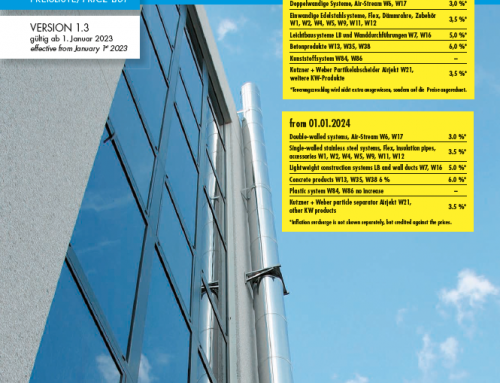It’s all in the technology: Heating with wood need not to be an environmental sin
By Alexander Root, Deputy Managing Director of the Raab Group
In the wake of the energy crisis and the ever-increasing prices of gas and oil, consumers are desperately looking for alternatives to heating. Especially biomass heating systems such as pellet and wood stoves are under discussion. As a renewable resource without long transport routes over land and sea, biomass is not only more environmentally friendly, but also much more stable in price than fossil combustibles. At the moment, however, there is a great deal of discussion about heating with wood. On the one hand, the environmental compatibility of taking wood from the forests is being discussed, and on the other hand, some people are critical of the particulate matter and CO2 emissions from biomass heating systems.. Researchers argue about the first point. An initial consensus is that the removal of wood from domestic forests is not only environmentally compatible, but even necessary – provided that it is reforested to the same extent. Consumers can take measures themselves to reduce particulate matter and CO2 emissions – and benefit financially.
Emissions from particulate matter when burning biomass such as wood and pellets are undoubtedly a problem – provided they are released unfiltered into the ambient air. When dark clouds of smoke rise into the air from chimneys, this is usually due to two things: Firstly, the combustion is not optimal and secondly, the soot particles are not sufficiently separated. This has three negative effects: Firstly, it looks unattractive, secondly, it is devastating for the air quality and thirdly, the operators burn cash. In addition, there can be trouble with the chimney sweeper if limit values are not complied with, and there can be trouble with the neighbour because of nuisance from the smoke. With retrofittable solutions in the chimney, homeowners can prevent this and save both emissions and combustibles.
Sustainable heating with biomass is based on two pillars: clean combustion and cleaning of the flue gas. If the wood burns cleanly and efficiently, up to 40 percent less combustible is needed and fine particle emissions are reduced even before the smoke rises from the chimney. This is achieved by systems such as draught regulators and chimney fans that optimise the draught in the chimney. In the chimney itself, fine dust separators further reduce emissions.
The combination of these systems ensures that wood heating systems comply with limit values and require less combustibles. This not only protects the environment, but also the wallet. Homeowners actively contribute to environmental protection with biomass heating systems by using regional combustibles and thus heating sustainably.
Thus, heating with biomass does not have to be an environmental sin, but can offer a real alternative to fossil combustibles. For more information, please contact your chimney sweeper, stove builder or heating specialist.




